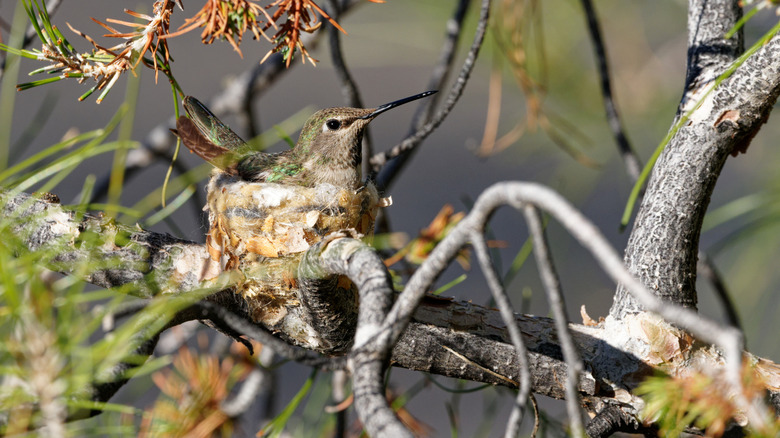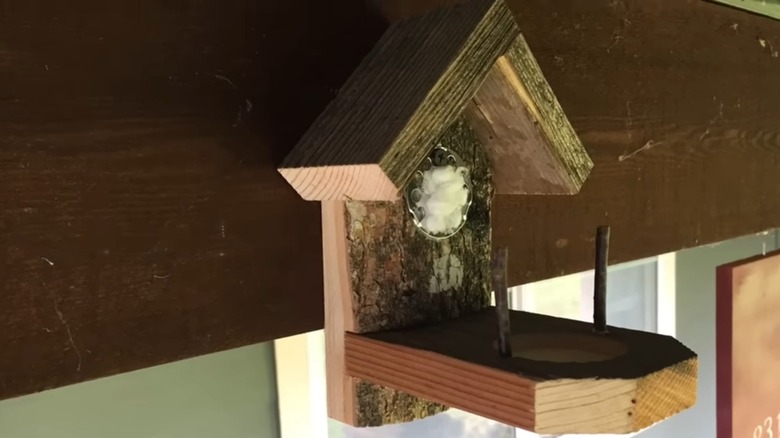How To Create A Hummingbird Nest Box That Attracts These Colorful Garden Visitors
Have you ever wanted to create a hummingbird nest box? After all, hummingbirds are fascinating to watch, but coaxing them to nest in your garden or outdoor space takes a little more thought than just hanging up a bird feeder. Unlike bird species such as chickadees or wrens that prefer to get cozy into hollow birdhouses, hummingbirds are not cavity nesters. Instead, these tiny birds weave cup-shaped nests using spider silk, moss, and plant fibers, often in tree forks high above the ground. That's why creating a hybrid hummingbird "nest box" that mimics these birds' natural preference for open platforms gives you a far better chance of success in luring them over to your side of the fence. Think of it as a supportive stage for your feathered friends, not a bird shelter with walls.
The goal is to provide a small, elevated platform that feels secure and sheltered while still open enough to match the conditions they would select in the wild. Start by collecting simple materials such as untreated scrap wood, a couple of thin dowels or twigs, wood glue, and nails. Once built, this platform can be tucked under the eaves of your roof, affixed to a tree trunk, or mounted to a pole in a protected spot. Just as small feeders and flowers can turn your tiny balcony into a hummingbird oasis, a purpose-built nesting platform expands your yard's appeal and gives these birds more reason to stay.
Step-by-step: build a hummingbird nesting platform that works
Luckily, constructing a creative hummingbird platform is less complicated than building a full birdhouse. Start with a narrow backboard about 9 inches tall, then attach a flat base around 10 inches long to form the stage where a nest could rest. Drill a small drainage hole in the center, then secure two thin twigs or dowels an inch apart to act like branch forks. Finally, create a small A-frame roof to shield the nest from wind and rain without closing off the space. Place the box at least 10 feet high in a discreet area. Most commonly, hummingbirds nest between 10 and 20 feet up in nature.
Remember, positioning and presentation matter just as much as construction. Bright blossoms remain a major draw, along with flowers that will transform your space into a hummingbird heaven. You can also increase the birds' comfort by customizing the nest with a garden accessory that hummingbirds love. Adding a perch or swing near feeding and nesting zones works especially well, since these extras give them a place to rest. Skip any synthetic fillers like dryer lint or plastic fibers. Instead, tuck bits of natural cotton, moss, or soft bark near your platform, echoing what hummingbirds actually use in the wild. While there is no guarantee they will move in, offering a nesting site as close to nature as possible improves your odds.

